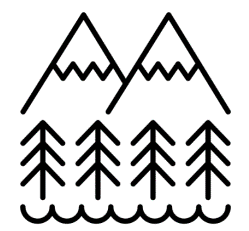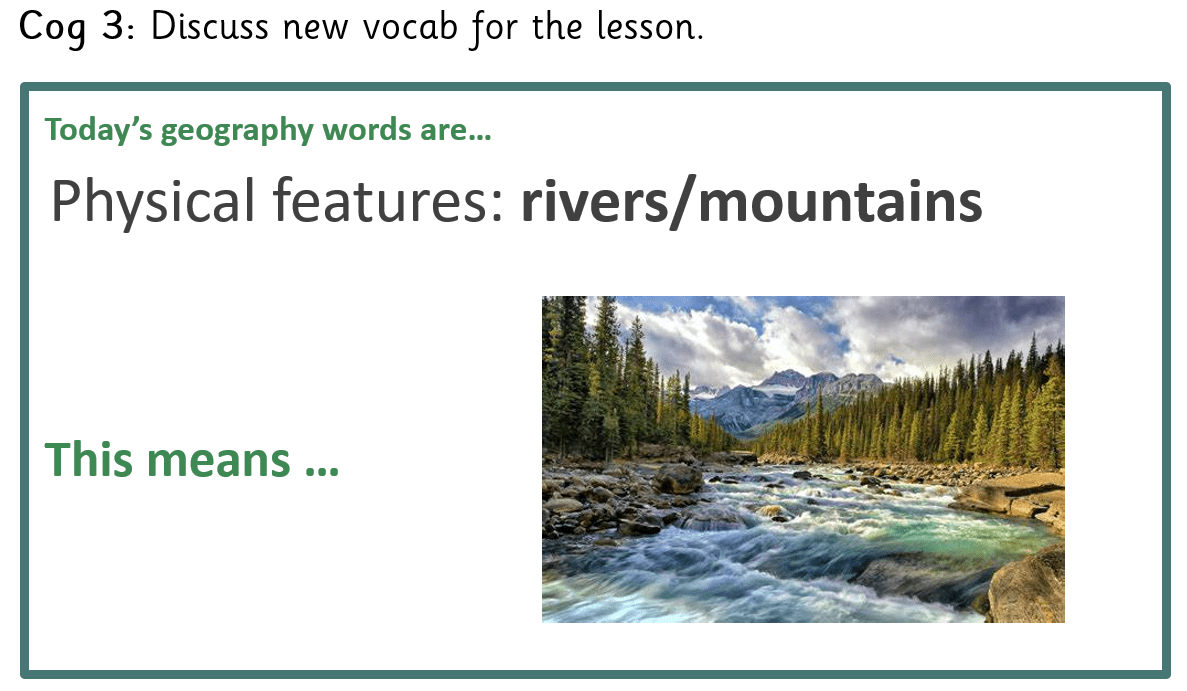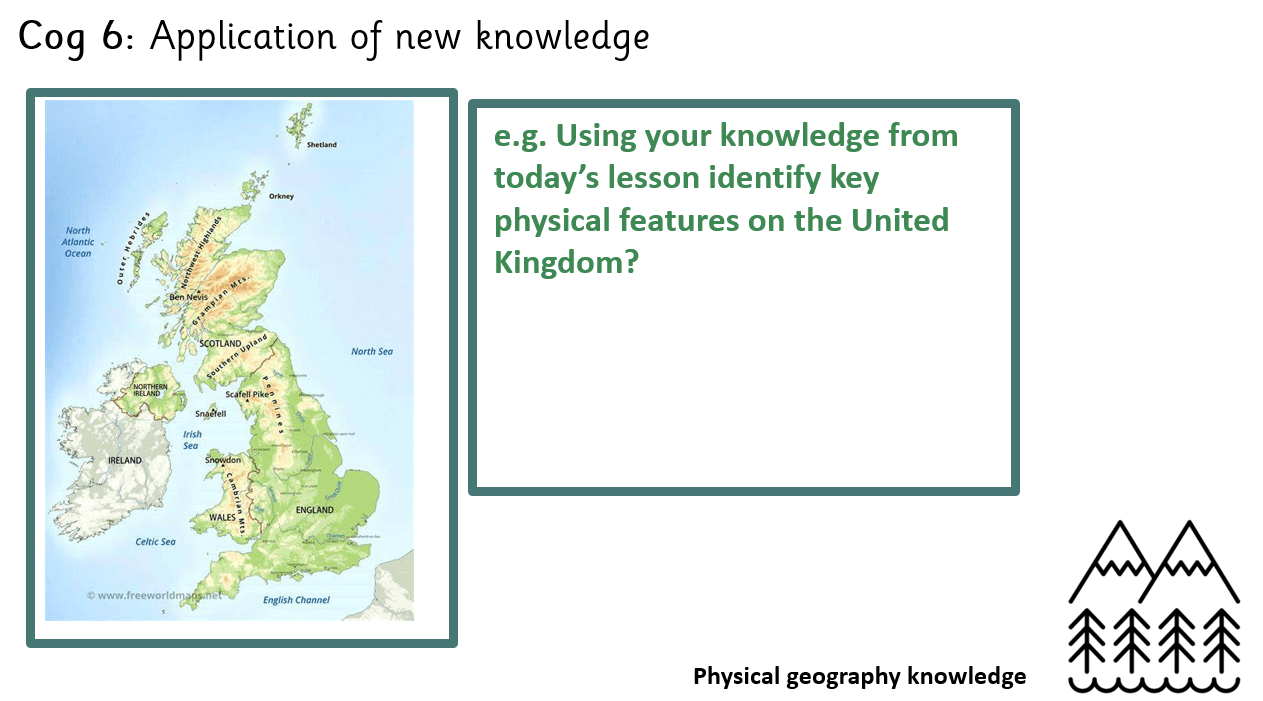Geography
Planning can be found on the Curriculum front page. Please use the menu to navigate to this page. Alternatively - click here
Key facets of our Geography Curriculum
Our vision: Geography in Seacroft Grange Primary will develop our pupils' curiosity and fascination about the world and its people. They will understand that geography is about comprehending the complexity of our world and appreciating the diversity of cultures and the physical and human structures that exist across continents.
Intent:
- Deliver an engaging and appropriate Geography curriculum that hits all aspects of the national curriculum as children progress through KS1 and 2.
- Our Geography lessons will be structured following the template as shown in ‘The Book’ following the 6 cogs.
- Use classroom maps (provided to each year group) to reinforce the curriculum and revisit place and location knowledge. It will also be a reference point during classroom learning.
- We aim to inspire in pupils a curiosity and fascination about the world and its people that will remain with them for the rest of their lives.
- We aim to expand pupil’s knowledge about diverse places, people, resources and natural and human environments.
- We will teach about the Earth’s key physical and human processes and how they change over time.
Implementation:
- Geography leader will ensure that teaching builds upon prior knowledge and that previous steps are secure and understood before moving forward.
- Carefully planned opportunities for retrieval of prior learning are built into the beginning of each lesson.
- New resources and maps to be utilised within the classroom by all teachers.
- Lessons are clearly structured to follow the 6 Gog approach this will be monitored throughout the year.
Impact:
- Children are engaged in lessons. They talk well about their learning and can articulate their thoughts and understanding to others.
- Work in books shows clear skills and understanding that has been taught and retained by the children.
- Progress can been seen throughout year groups with clear progression observed as we move through Key Stages with evidence that pupils are building upon previous knowledge taught.
- Assessments provide a key role in identifying children’s achievement and where over learning needs to take place.
- Rigorous monitoring and evaluation will drive the subject forward. This will be driven by the subject lead with a clear and consistent AME.
- Children will have a passion for the subject and will also have developed a curiosity for the wider world and a desire to explore the world around them.
Each new unit of learning is organised around a knowledge organiser. This provides information on the learning journey, geography skills being used, new vocabulary, vocabulary to recap and visuals to support learning. Teachers will mark against this show whether children have met their learning goals. Below you can see an example knowledge organiser.
At SGPS geography will be split in to 5 strands or skills: locational knowledge, human and physical geography, geographical skills and fieldwork and environmental geography. Over the course of a topic children will cover these five aspects during both Key Stage One and Key Stage Two with the aim to recap and consolidate on previous skills during ‘Do Nows’.
Geography skills
 |
 |
 |
 |
 |
| Environmental Geography | Locational knowledge | Physical Geography | Human Geography | Map and field skills |
Each lesson in Geography will be structured following the 6 Cogs
Cog 1 – Teachers will expose children to a range of questions which will require children to retrieve knowledge learnt in previous terms and years. Below you can see an example of what this might look like.Teachers create these retrieval tasks using the school retrieval document which outlines key knowledge and a suggested sequence of spaced retrieval. Link to retrieval document is on the main curriculum page and the link is also here |
Cog 2 – Teachers introduce children to the focus question of the day and the geography skill being taught.
|
Cog 3 – New or key vocabulary is explained to pupils with definition or pictures/illustrations to help.
|
Cog 4 – Children are provided with a stimulus to encourage scientific discussion around the focus question. This may be in the format of an image, video, concept cartoon or physical object. |
Cog 5 – Lesson is taught with chance for pupils to ask questions and practice the geographical skill.
Cog 6 – Children are given the opportunity to apply their learning to a new context. This will provide teachers with an insight into how secure children are in the new geographical skill and will inform their next steps. Below you can see some examples of what this might look like.
Moresdale Lane, Seacroft, Leeds, LS14 6JR
0113 2605385
office@seacroftgps.org.uk






